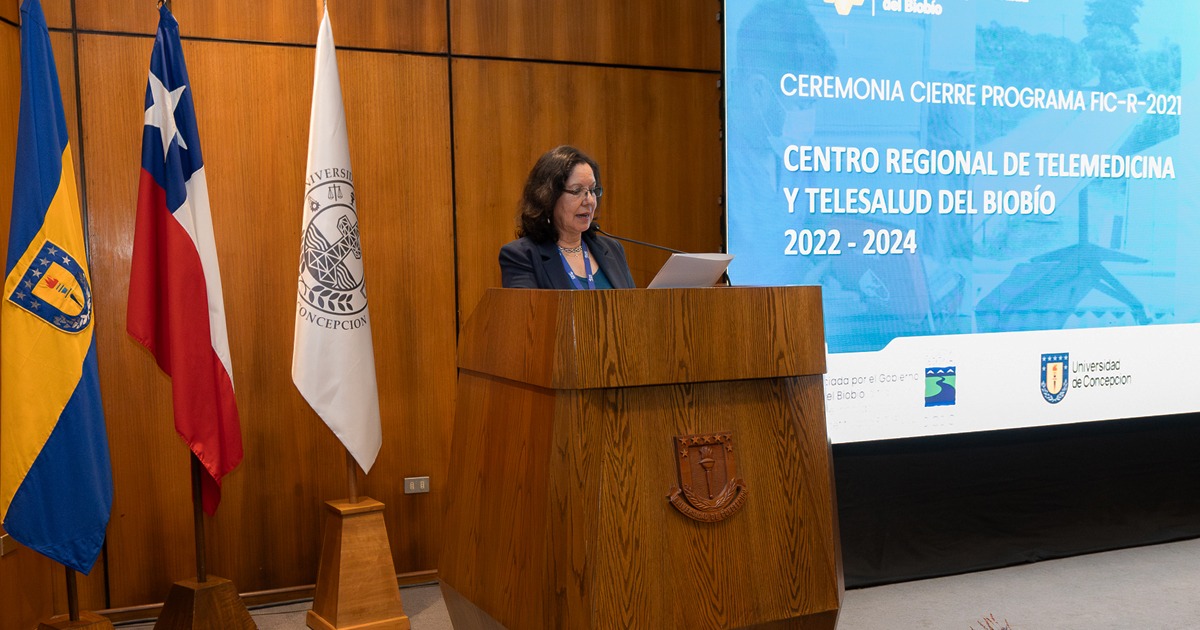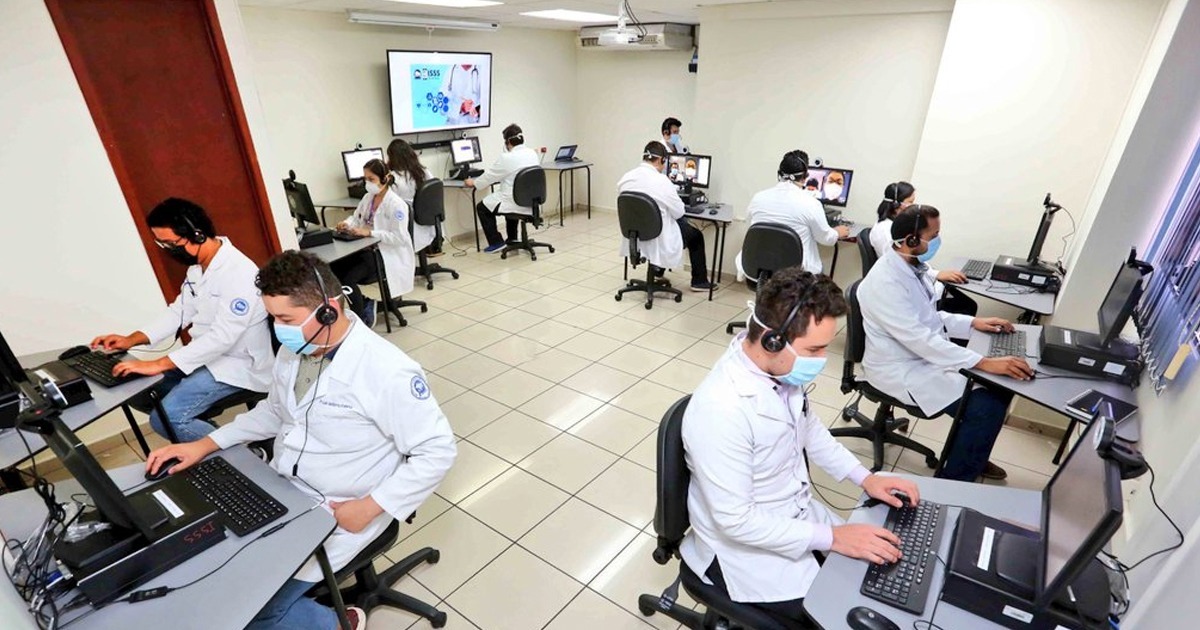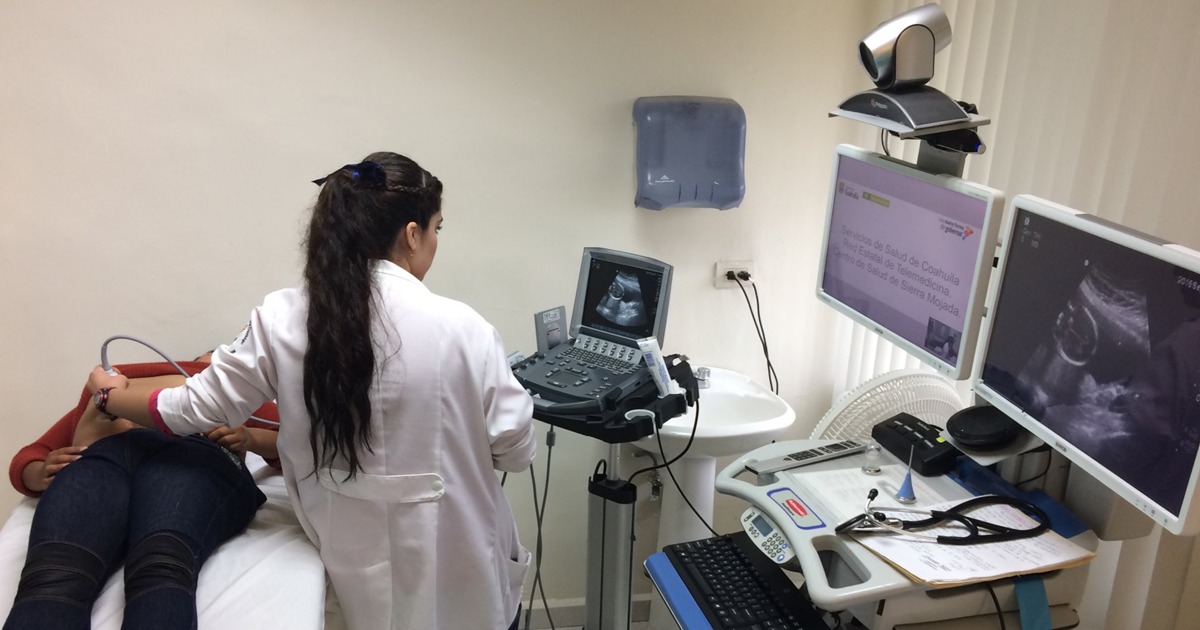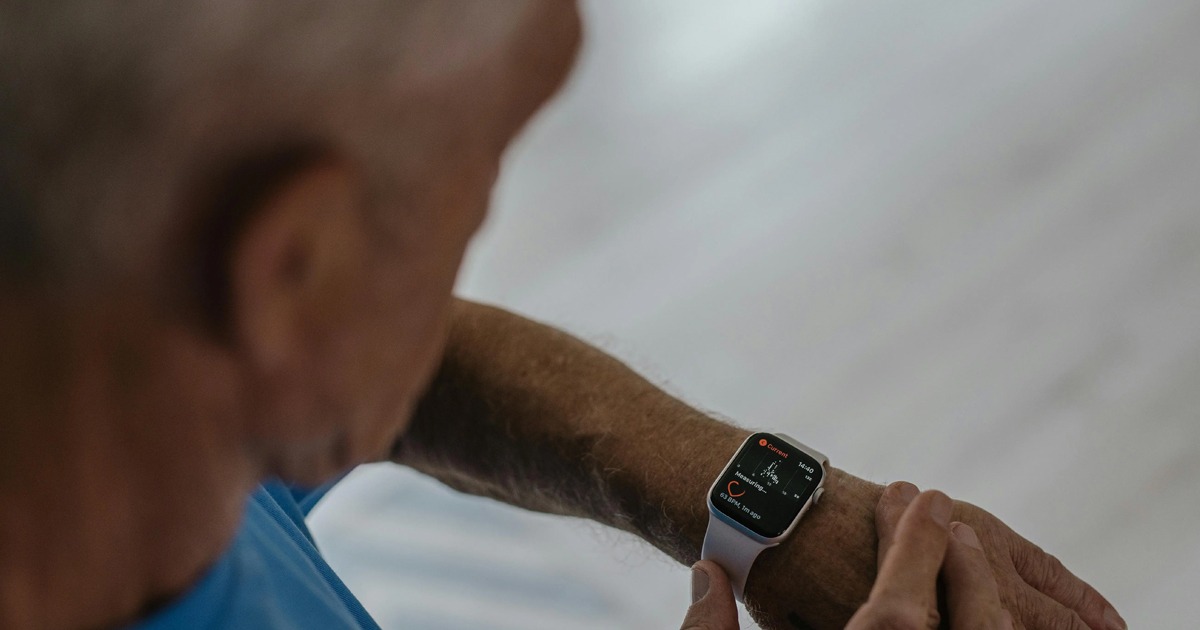The Minsa approved the new Telehealth Framework Law that will allow the advancement of technologies for healthcare. In addition, 45 new health facilities were added to the National Telehealth Network.
Peru's Ministry of Health (Minsa), has approved Law Nº30421, The Telehealth Framework Law, as well as the Legislative Decree Nº 1490, with the purpose of pursuing the project of expanding Digital Health services throughout the country.
"Telehealth Framework Law, aims to establish the general guidelines for the implementation and development of Telehealth as a strategy for the provision of health services, in order to improve its efficiency and quality and increase its coverage through the use of information and communication technologies in the National Health System," states Supreme Decree No. 005-2021-SA.
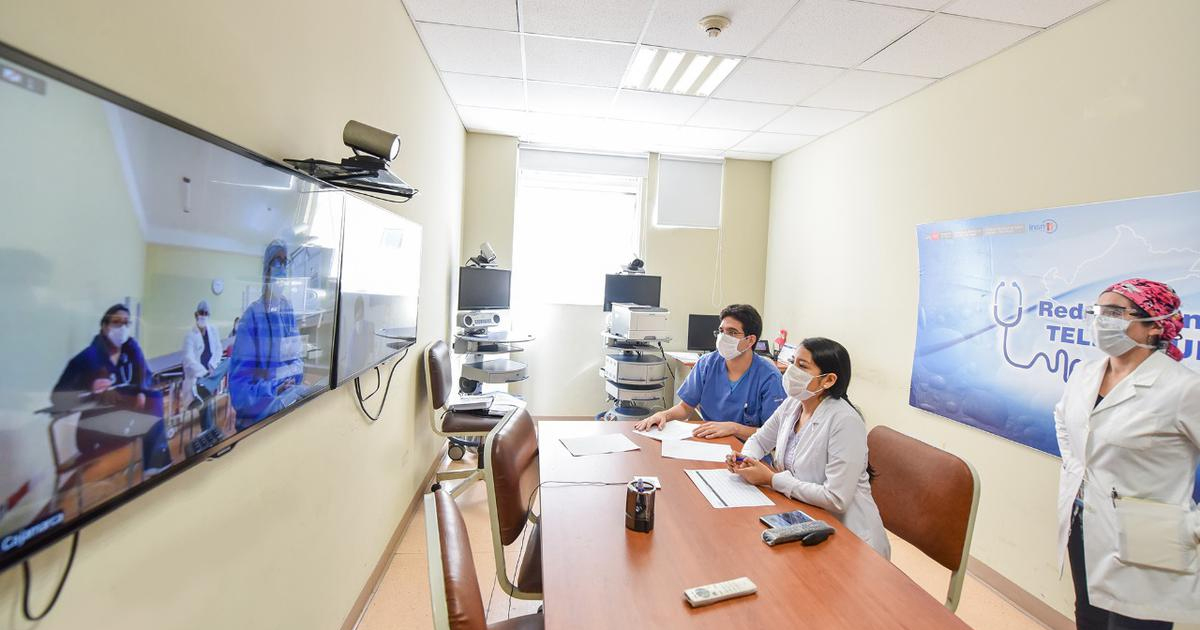
Article 9 of the Framework Law on Telehealth has established that the institutions providing health services (IPRESS) must progressively incorporate Telehealth services and also guarantee their sustainability. Likewise, the aforementioned Legislative Decree should strengthen the scope of Telehealth at a national level.
In addition, the IPRESSs incorporated into the National Telehealth Network (RNT) must implement telemedicine services within a period of no more than six months from January 25, 2020. Currently, there are 2,441 healthcare institutions registered as part of the RNT, following the addition of 45 new facilities belonging to six different regions, including the Central Military Hospital "coronel Luis Arias Schreiber" in the city of Lima. "The RNT connects first-level establishments, which function as "consulting centers," with hospitals and institutes of greater complexity located in the capital," explains the official newspaper El Peruano.
The new law, in addition to reinforcing the use of teleconsultation and telemedicine for primary health care, also supports the use of electronic medical prescriptions, as long as they comply with current standards. The prescriptions will be prescribed by an authorized health professional in a computer program through a computer or tablet, and must include the digital signature of the professional to be valid.
Another important aspect of the approval of this Law and the support of the Minsa is the training that healthcare professionals will receive to incorporate activities and services related to Telehealth. The Regional Health Directorate (Diresa), Regional Health Management (Geresa) and the Integrated Health Network Directorate (Diris) will incorporate telehealth training to strengthen the skills of health personnel. The three main axes are telemedicine, delegation, tele-information - tele-education - telecommunication and finally tele-training, activities that are also an essential part of the RNT.
On the other hand, the electronic prescription will be incorporated into the already existing telehealth services. "The physical or electronic prescription is incorporated into the Teleconsultation, Teleinterconsultation and Telemonitoring services and the Electronic Health Record, as a technological tool that allows communication through ICTs," the document explains.
The Minsa is now obliged to prepare the regulatory documents of the Telehealth Law in the next three months, starting on January 25, and must also draft the National and Sectorial Telehealth Policy within 180 days.
ANDEAN AGENCY
A PERUVIAN MAN

